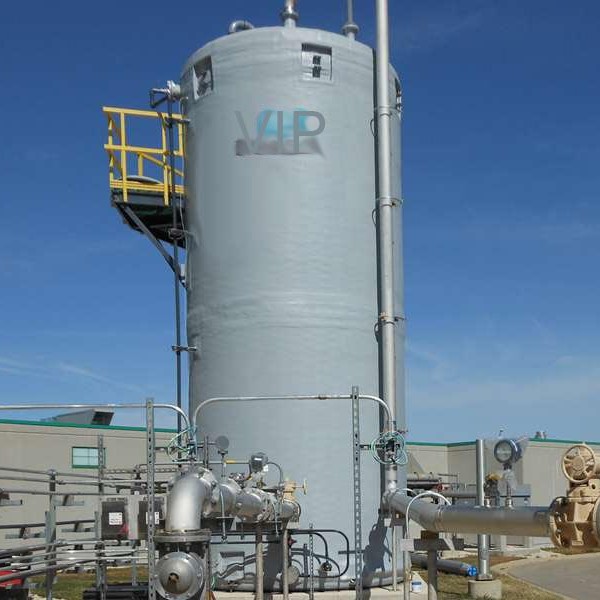
-
 Afrikaans
Afrikaans -
 Albanian
Albanian -
 Amharic
Amharic -
 Arabic
Arabic -
 Armenian
Armenian -
 Azerbaijani
Azerbaijani -
 Basque
Basque -
 Belarusian
Belarusian -
 Bengali
Bengali -
 Bosnian
Bosnian -
 Bulgarian
Bulgarian -
 Catalan
Catalan -
 Cebuano
Cebuano -
 China
China -
 China (Taiwan)
China (Taiwan) -
 Corsican
Corsican -
 Croatian
Croatian -
 Czech
Czech -
 Danish
Danish -
 Dutch
Dutch -
 English
English -
 Esperanto
Esperanto -
 Estonian
Estonian -
 Finnish
Finnish -
 French
French -
 Frisian
Frisian -
 Galician
Galician -
 Georgian
Georgian -
 German
German -
 Greek
Greek -
 Gujarati
Gujarati -
 Haitian Creole
Haitian Creole -
 hausa
hausa -
 hawaiian
hawaiian -
 Hebrew
Hebrew -
 Hindi
Hindi -
 Miao
Miao -
 Hungarian
Hungarian -
 Icelandic
Icelandic -
 igbo
igbo -
 Indonesian
Indonesian -
 irish
irish -
 Italian
Italian -
 Japanese
Japanese -
 Javanese
Javanese -
 Kannada
Kannada -
 kazakh
kazakh -
 Khmer
Khmer -
 Rwandese
Rwandese -
 Korean
Korean -
 Kurdish
Kurdish -
 Kyrgyz
Kyrgyz -
 Lao
Lao -
 Latin
Latin -
 Latvian
Latvian -
 Lithuanian
Lithuanian -
 Luxembourgish
Luxembourgish -
 Macedonian
Macedonian -
 Malgashi
Malgashi -
 Malay
Malay -
 Malayalam
Malayalam -
 Maltese
Maltese -
 Maori
Maori -
 Marathi
Marathi -
 Mongolian
Mongolian -
 Myanmar
Myanmar -
 Nepali
Nepali -
 Norwegian
Norwegian -
 Norwegian
Norwegian -
 Occitan
Occitan -
 Pashto
Pashto -
 Persian
Persian -
 Polish
Polish -
 Portuguese
Portuguese -
 Punjabi
Punjabi -
 Romanian
Romanian -
 Russian
Russian -
 Samoan
Samoan -
 Scottish Gaelic
Scottish Gaelic -
 Serbian
Serbian -
 Sesotho
Sesotho -
 Shona
Shona -
 Sindhi
Sindhi -
 Sinhala
Sinhala -
 Slovak
Slovak -
 Slovenian
Slovenian -
 Somali
Somali -
 Spanish
Spanish -
 Sundanese
Sundanese -
 Swahili
Swahili -
 Swedish
Swedish -
 Tagalog
Tagalog -
 Tajik
Tajik -
 Tamil
Tamil -
 Tatar
Tatar -
 Telugu
Telugu -
 Thai
Thai -
 Turkish
Turkish -
 Turkmen
Turkmen -
 Ukrainian
Ukrainian -
 Urdu
Urdu -
 Uighur
Uighur -
 Uzbek
Uzbek -
 Vietnamese
Vietnamese -
 Welsh
Welsh -
 Bantu
Bantu -
 Yiddish
Yiddish -
 Yoruba
Yoruba -
 Zulu
Zulu
fiberglass car
The Future of Fiberglass Cars Innovation in Automotive Design
In the realm of automotive design, fiberglass has emerged as a revolutionary material, changing the way cars are constructed and perceived. Traditionally associated with older vehicle models, such as sports cars and custom builds, fiberglass has made a significant comeback in modern automotive engineering, offering a blend of lightweight construction, durability, and design flexibility.
The Future of Fiberglass Cars Innovation in Automotive Design
One of the most notable advantages of fiberglass is its versatility in design. Unlike traditional metal panels that require extensive tooling and manufacturing processes, fiberglass can be molded into complex shapes with relative ease. This capability allows designers to experiment with innovative forms and aerodynamics, leading to futuristic car designs that are not only visually striking but also optimized for performance. Additionally, fiberglass can be painted, finished, or textured in countless ways, offering endless possibilities for customization and personalization.
fiberglass car

In the electric vehicle (EV) sector, fiberglass plays a crucial role in the development of lightweight structures that support the demands of battery storage and range optimization. With increasing pressure on automakers to produce sustainable vehicles, using materials like fiberglass fosters a harmonious balance between performance, efficiency, and eco-friendliness. Companies like Tesla and Rivian are already beginning to explore the advantages of composites, hinting at a future where fiberglass becomes a standard material in new electric car models.
However, challenges remain in the widespread adoption of fiberglass in the automotive industry. While it offers significant benefits, issues such as production costs, recyclability, and long-term durability need to be addressed. Manufacturers are investing in research and development to enhance the sustainability of fiberglass production and recycling processes, aiming to create a circular economy in the automotive sector.
In conclusion, fiberglass cars represent an exciting frontier for innovation in the automotive industry. As technology evolves, the potential for fiberglass in vehicle design continues to grow, paving the way for a new era of more efficient, sustainable, and aesthetically pleasing automobiles. With ongoing advancements and a commitment to sustainability, fiberglass promises to play a significant role in shaping the future of automotive design.
Latest news
-
Exploring the Benefits of Top Hammer Drifter Rods for Enhanced Drilling PerformanceNewsJun.10,2025
-
High-Precision Fiberglass Winding Machine for GRP/FRP Pipe Production – Reliable & Efficient SolutionsNewsJun.10,2025
-
FRP Pipes & Fittings for Shipbuilding - Corrosion-Resistant & LightweightNewsJun.09,2025
-
Premium FRP Flooring Solutions Durable & Slip-ResistantNewsJun.09,2025
-
Premium Fiberglass Rectangular Tanks Durable & Lightweight SolutionNewsJun.09,2025
-
Tapered Drill String Design Guide Durable Performance & UsesNewsJun.09,2025









